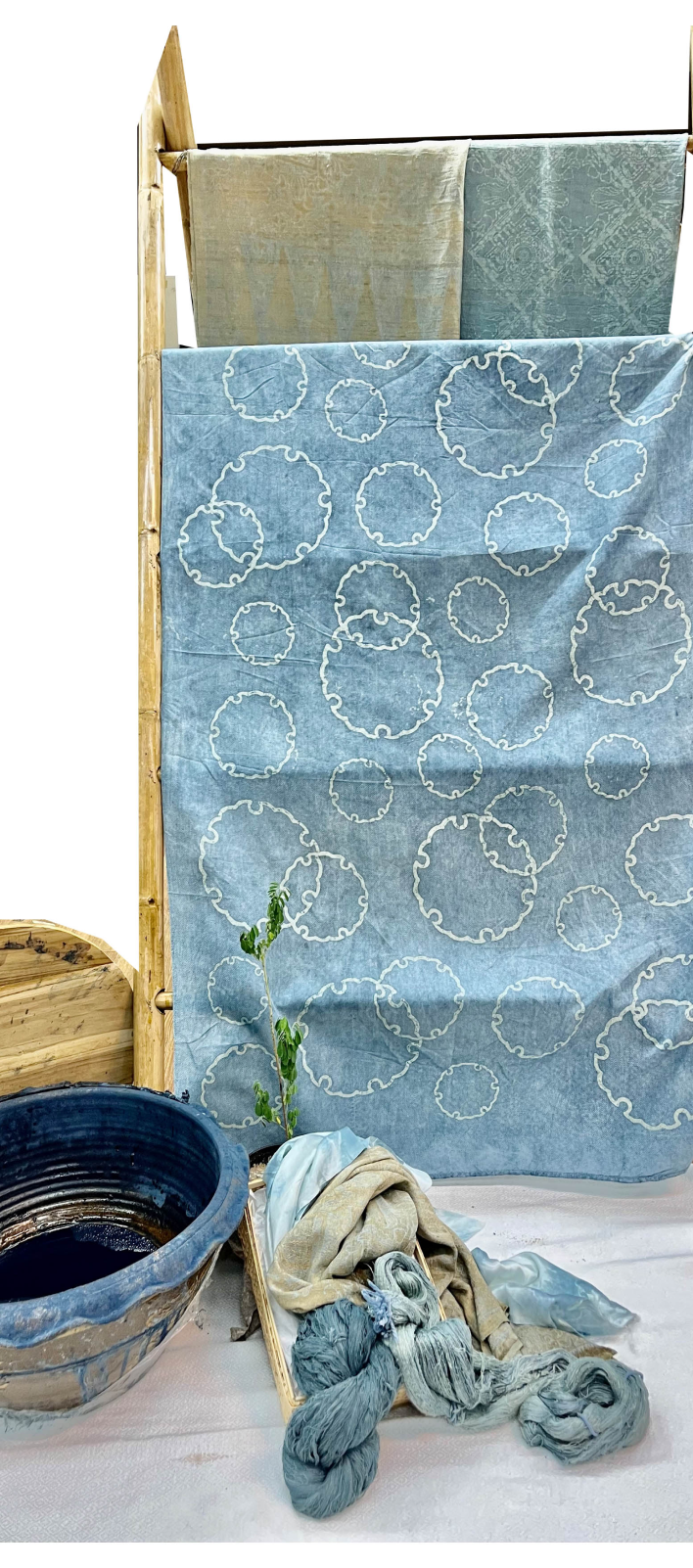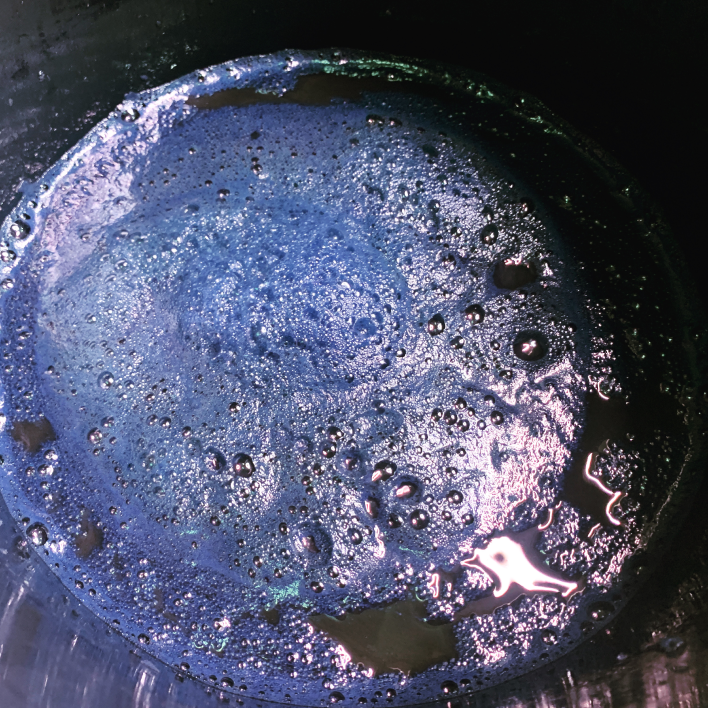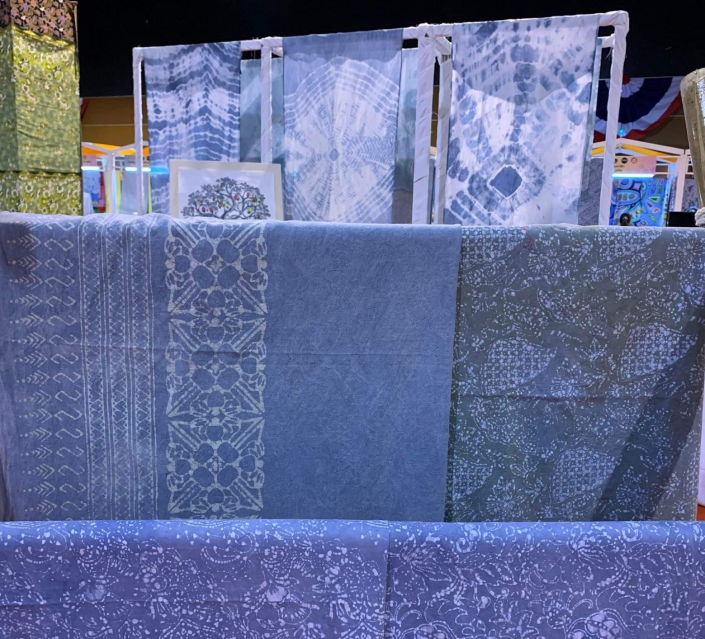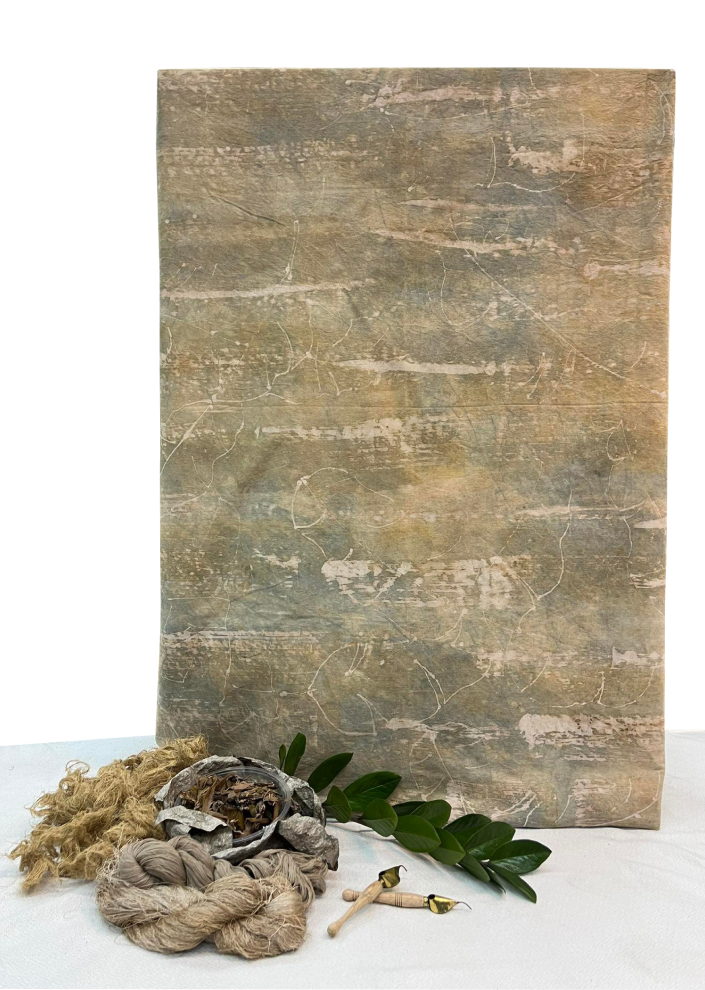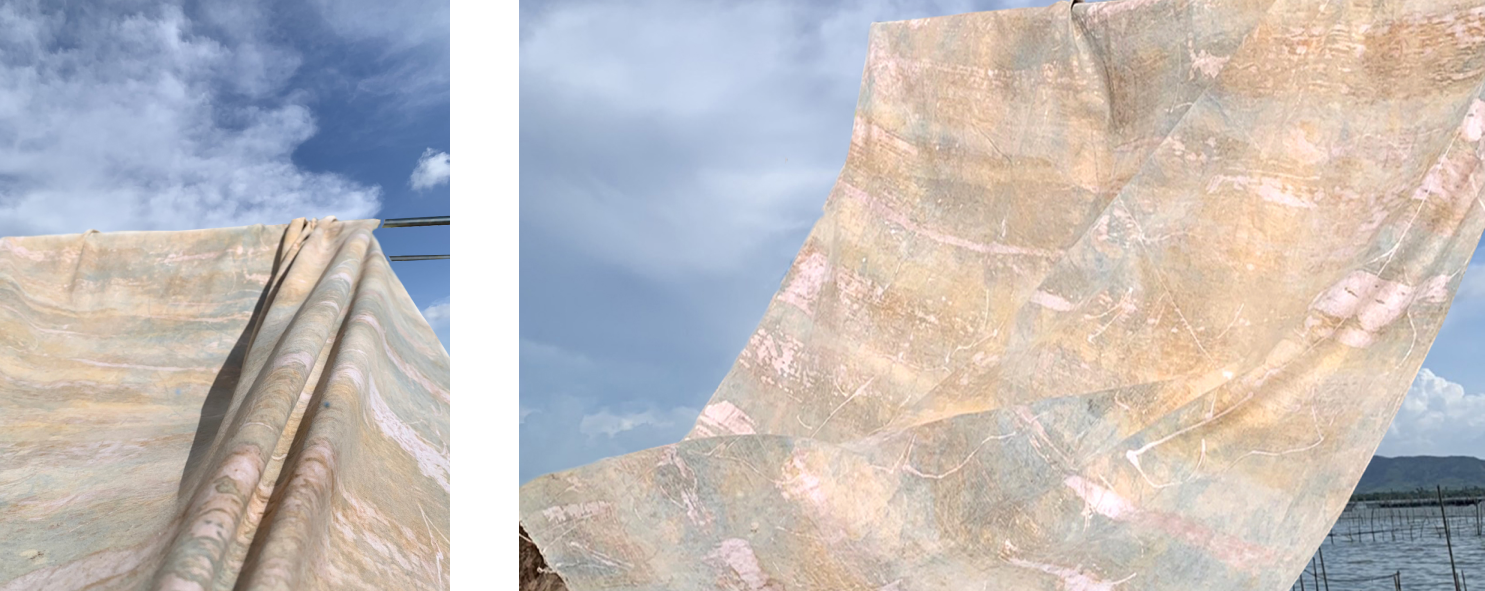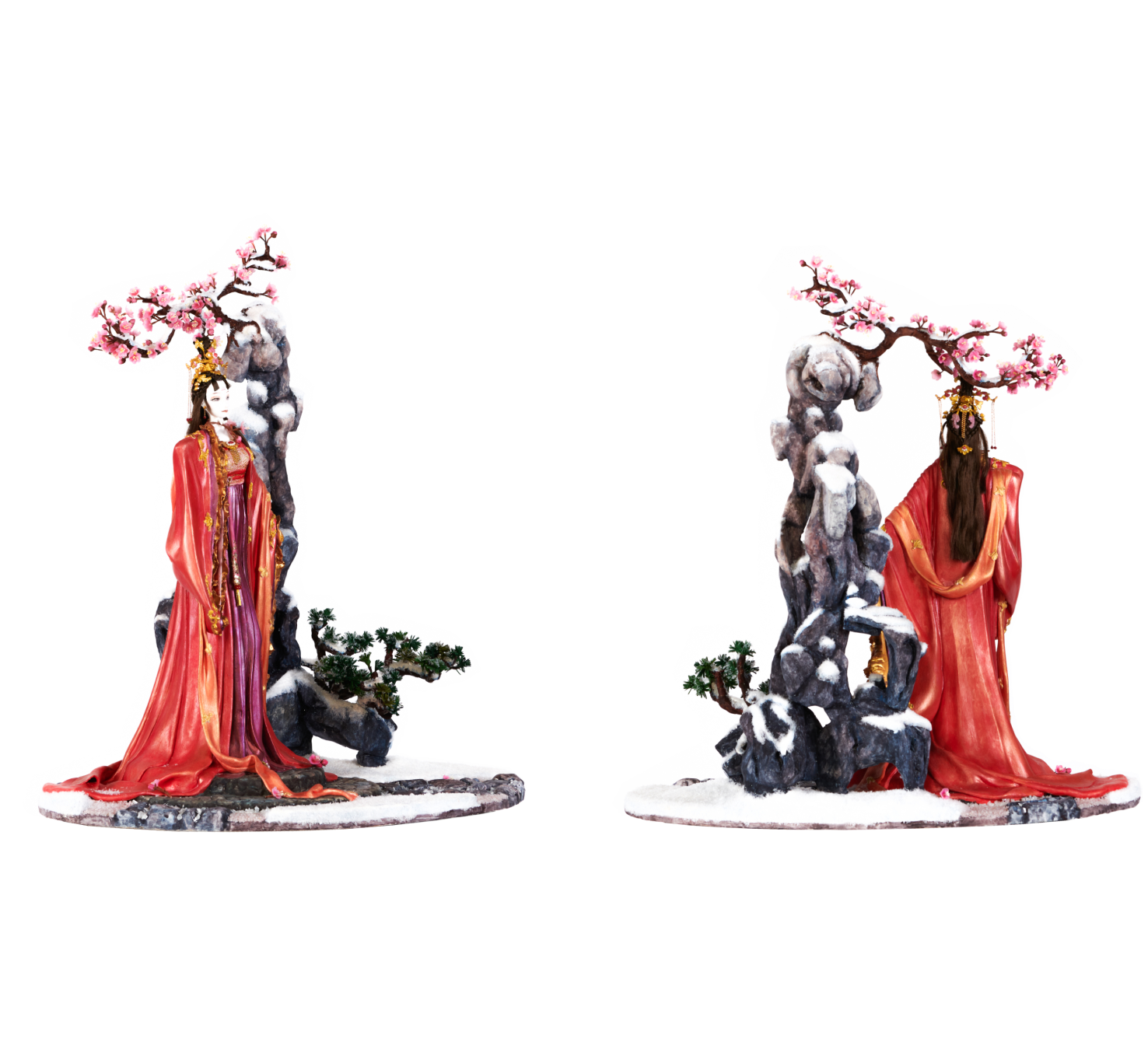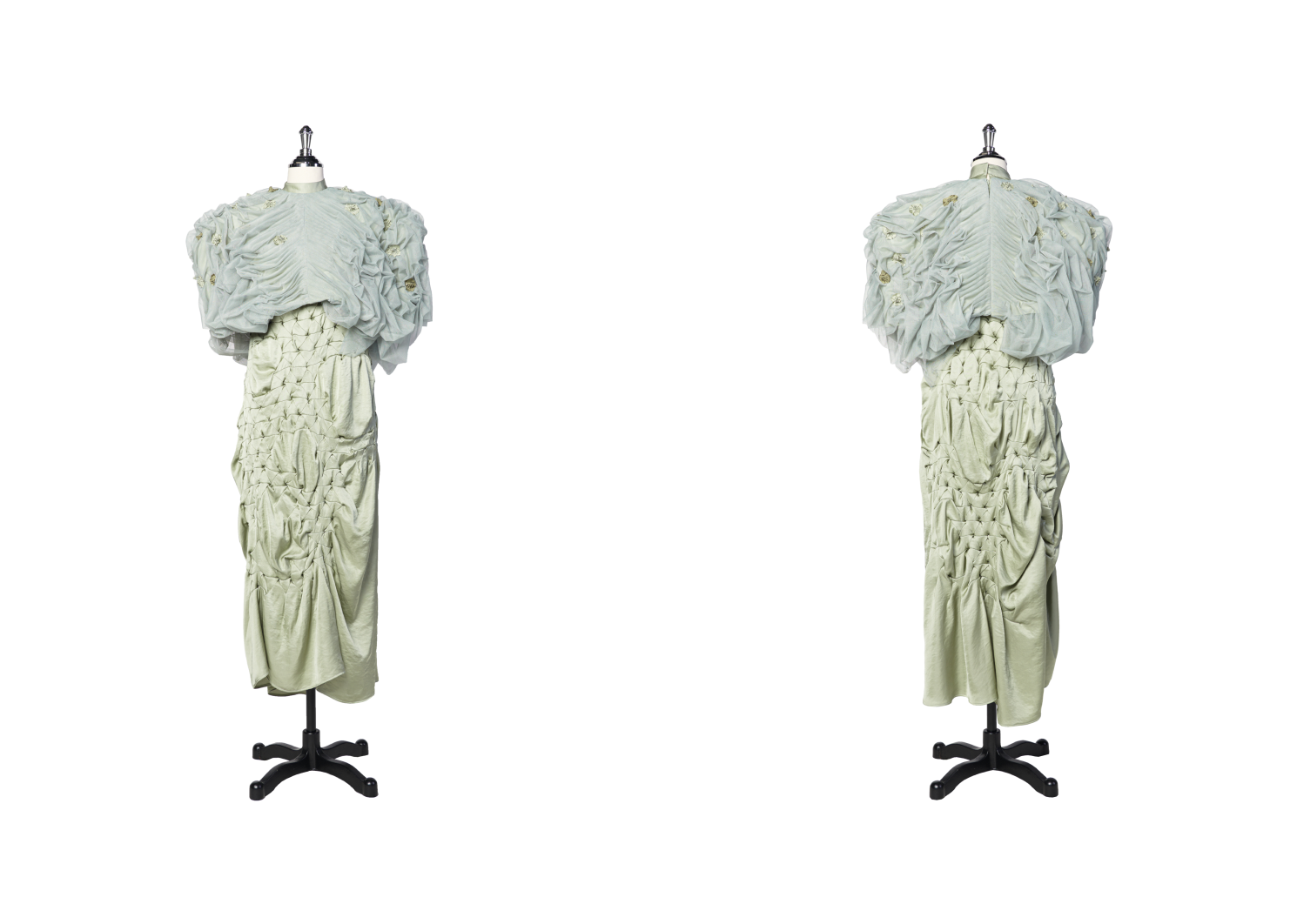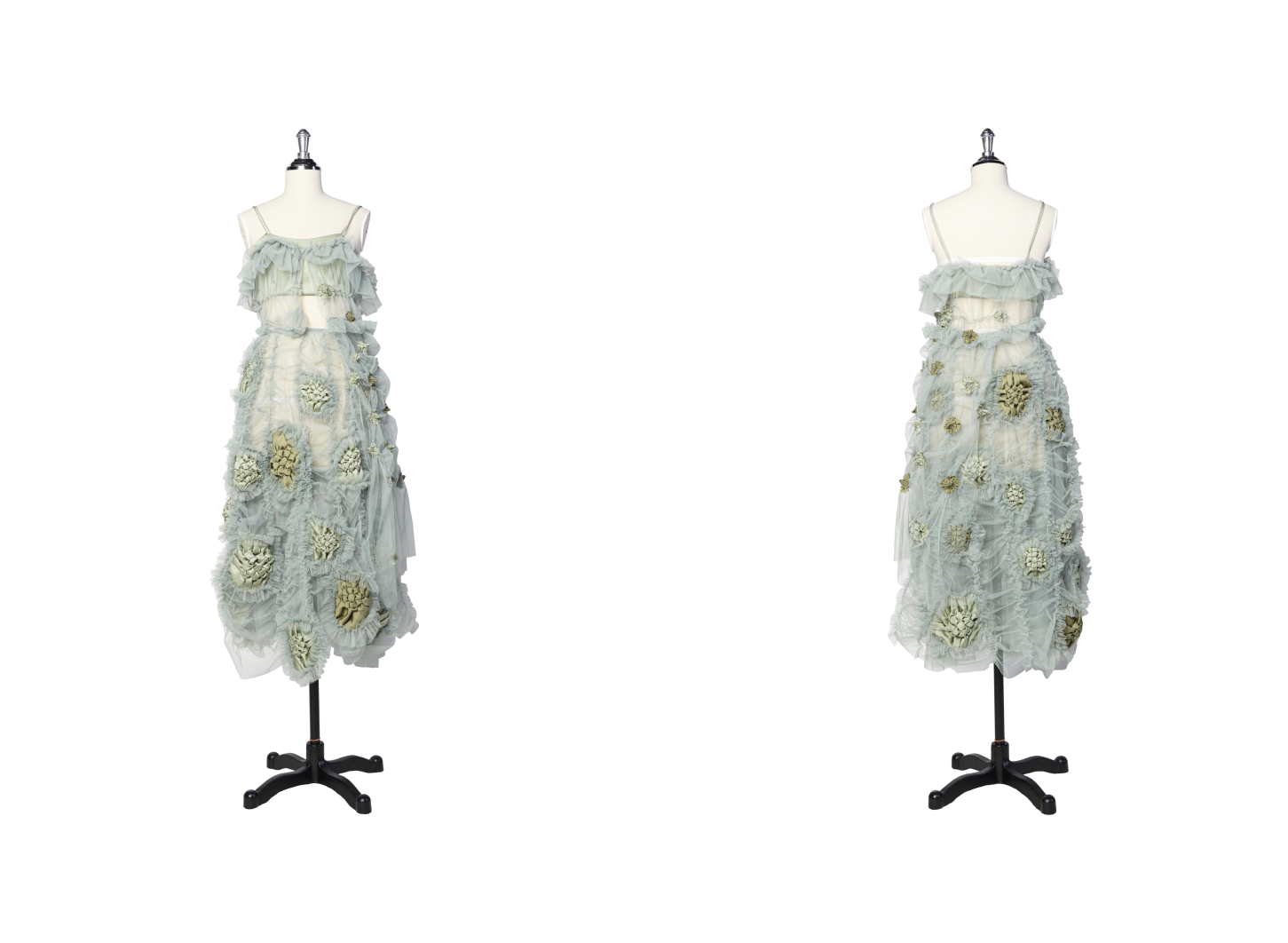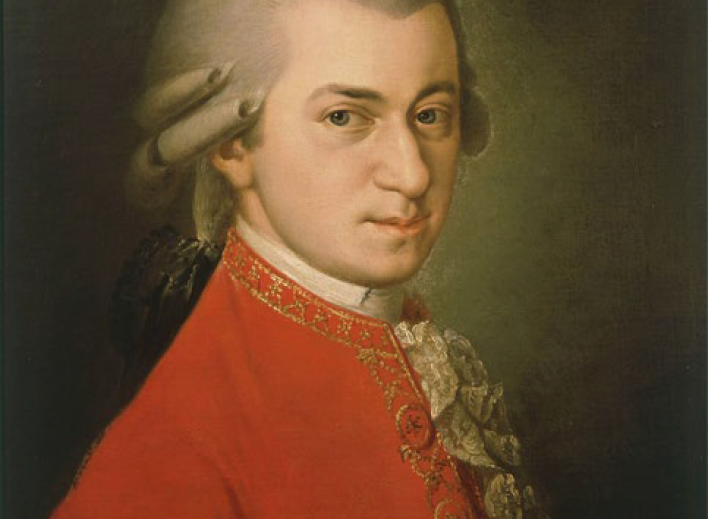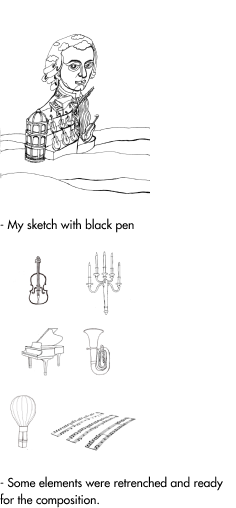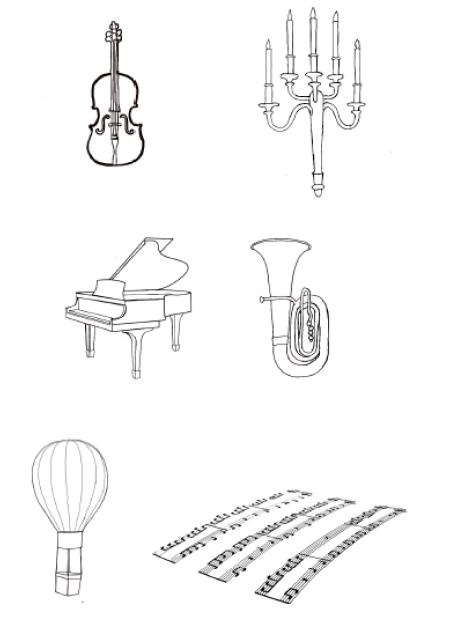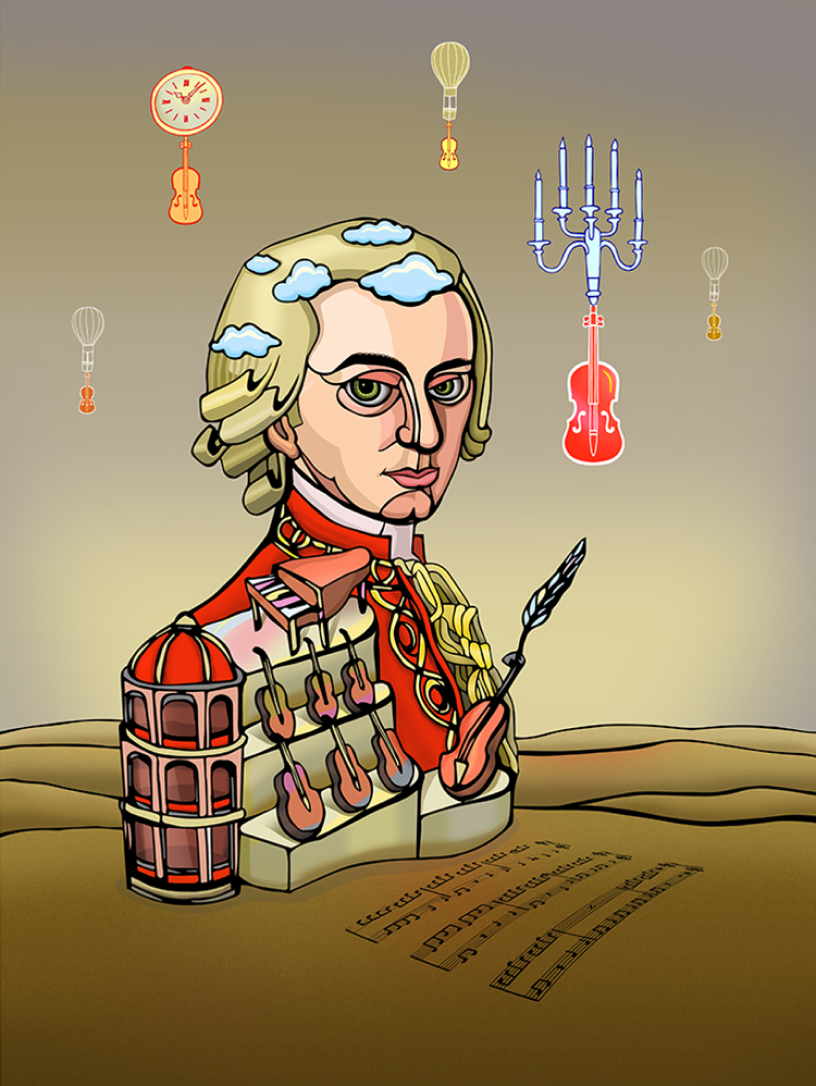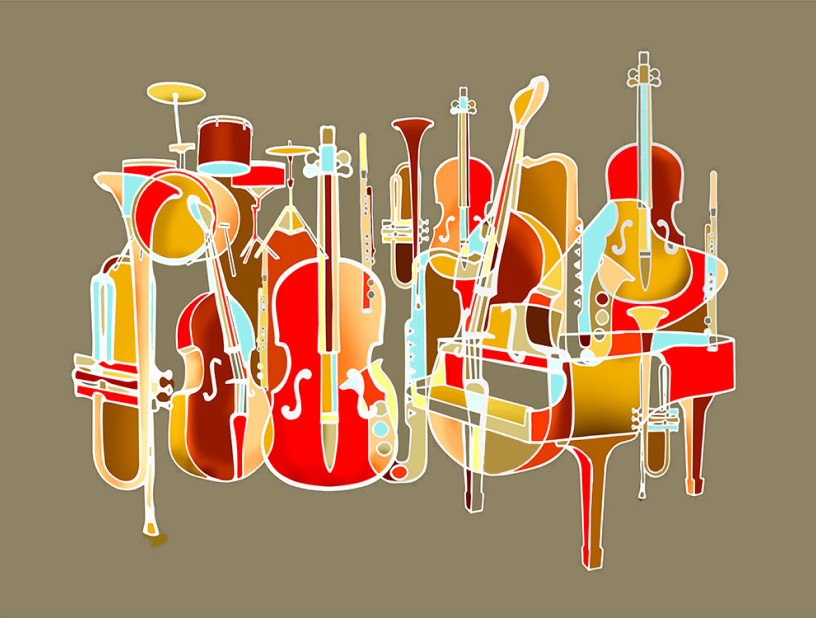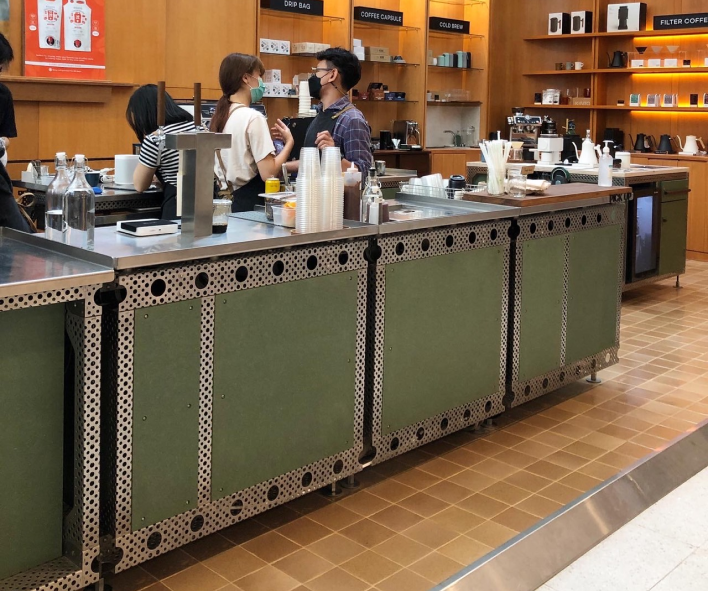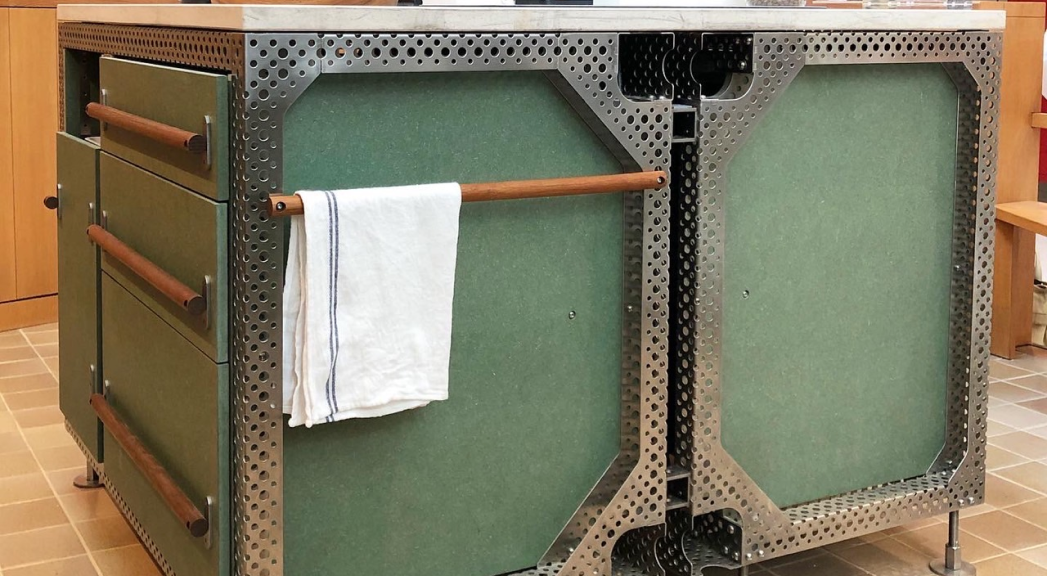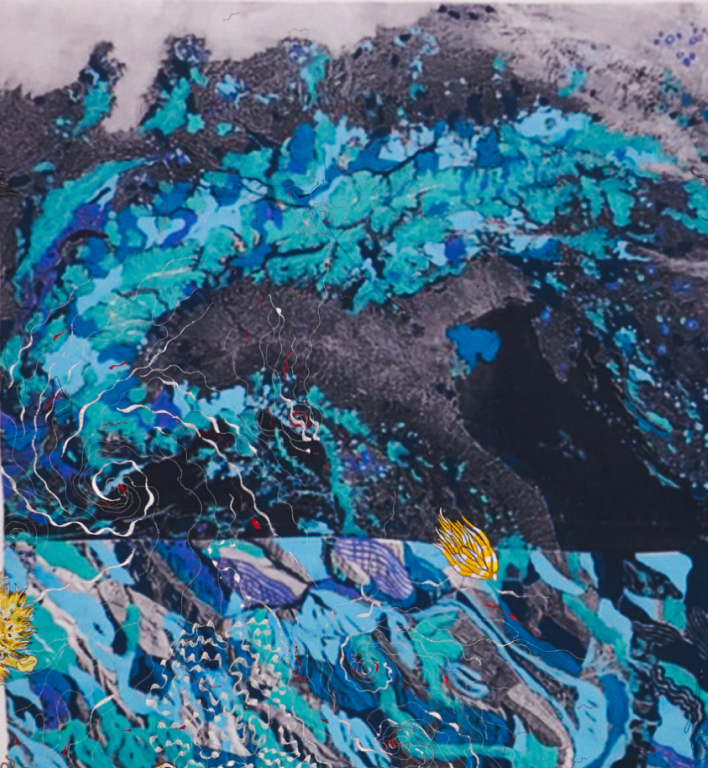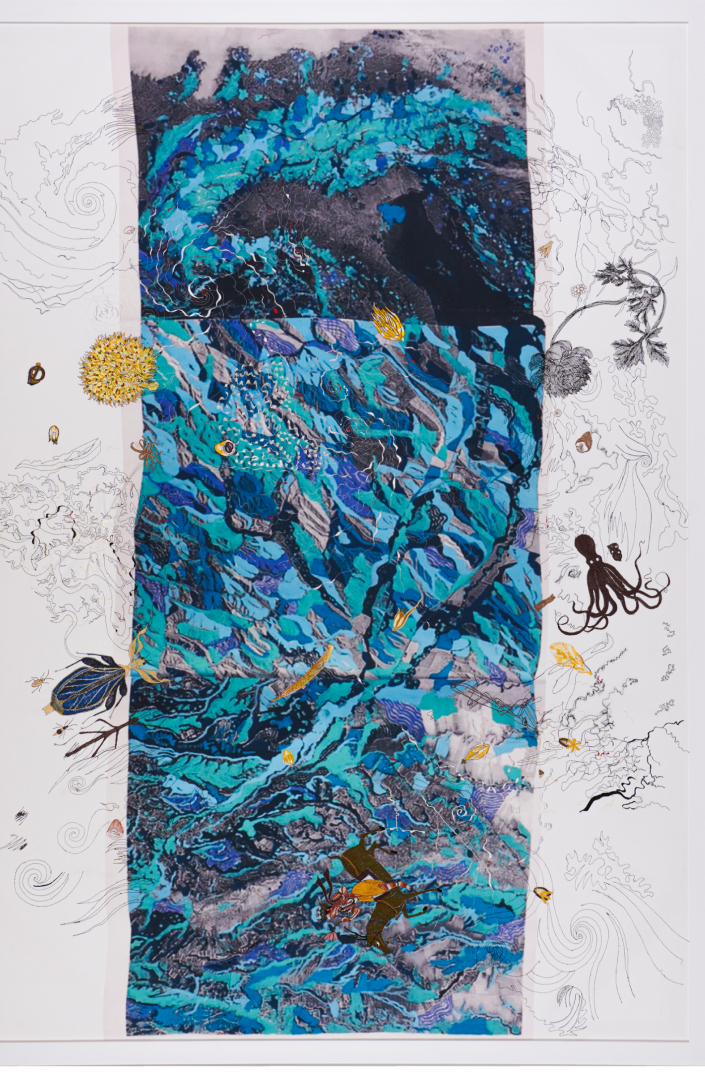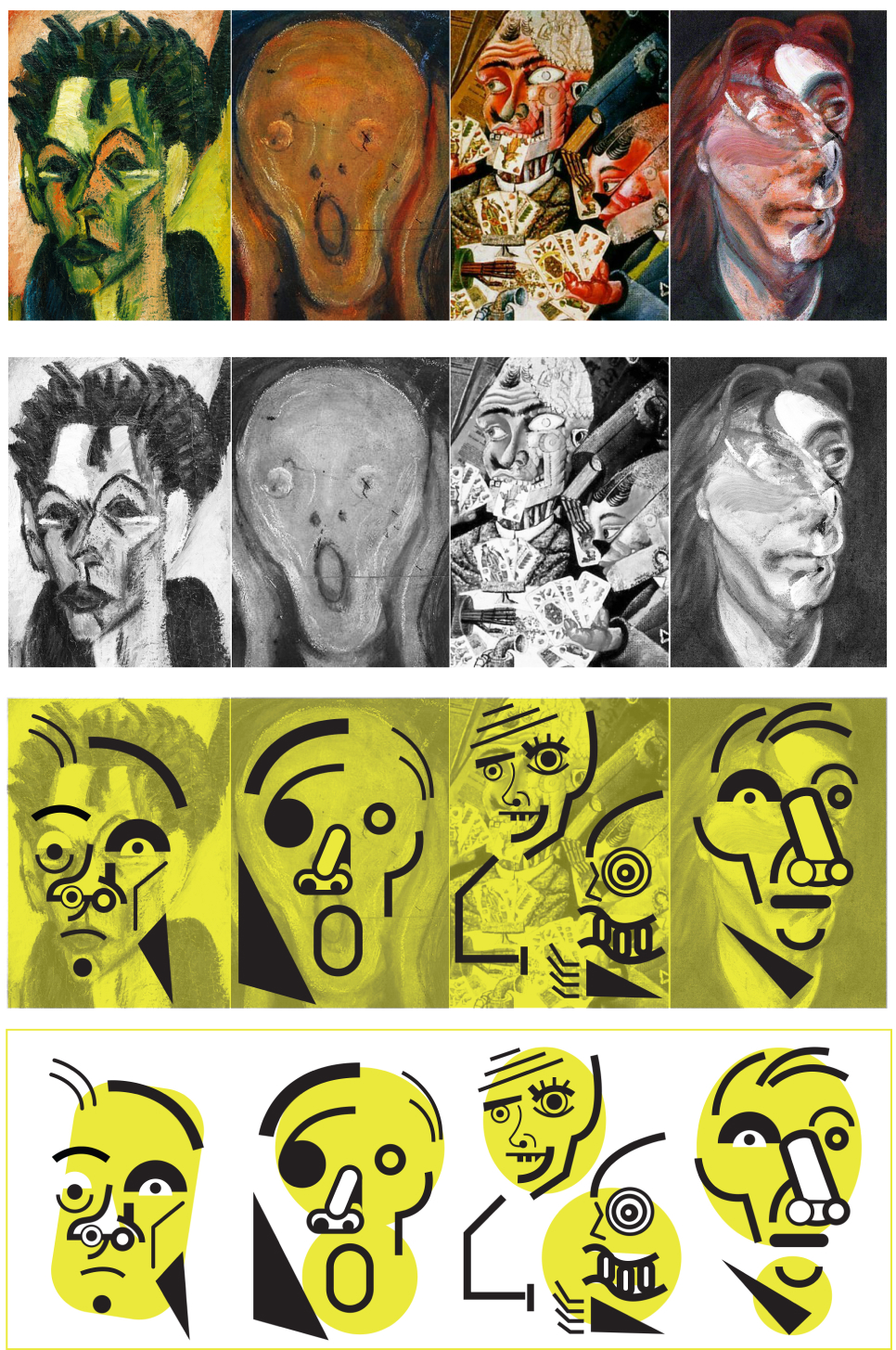Promotional AR Poster Series for Stravinsky’s ‘Petrushka’ Orchestra Live Performance
Assist. Prof. Dale Konstanz and Dr. Dynaya Bhutipunthu
Introduction
Today, as arts organizations, including philharmonic orchestras, look for new ways to engage their patrons and attract new audiences, the use of new media can enhance experiences at arts venues and events such as concerts and can lead to greater appreciation of art forms that are sometimes considered outmoded and staid. This is perhaps even more true as the world has adopted new media for learning and appreciation during the pandemic and Post-COVID situation.
The objective of this project focuses on the search for an appropriate approach, design process, and implementation of new media design for symphonic orchestra live performance as a case study. The study examines the integration of new media for the philharmonic orchestra’s live performance of “Petrushka,” an early 20th Century Avantgarde masterpiece composed by Igor Stravinsky. In developing this project, a variety of sources were utilised to understand the music on a deeper level and for visual research.
Inevitably, as one of the objectives of this project was to link newly created visuals to the existing music, much of the inspiration for the work was derived from “Petrushka,” including its score, history surrounding this masterpiece, as well as the composer’s background. Several references relating to “Petrushka” and Igor Stravinsky provided insight and ideas for creating the images and compositions for the work. Since the music was written during the early 20th Century Modernist period, the researchers also took this into consideration and applied principles derived from Russian Constructivism into the work. Consequently, the use of abstraction, an emphasis on formal elements, as well as expressive qualities were applied to create impact.
Conclusion
Series of promotional posters and motion clips, AR embedded, replying to each of the poster themes/concepts are the execution result of this study. Reflecting the main objective of the study, which is to encourage younger audiences to engage in experiences involving symphonic orchestra music performance with the use of New Media including; combination of AR, poster design, and motion graphics. With the younger audience’s preferred platform, digital/online, the series of AR posters can be distributed via their social network and/or through the Thailand Philharmonic Orchestra official online communication platforms suitable with the pandemic situation and the Post-COVID environment. The study result not only supports the ‘Clean Design,’ the theme of the symposium, in a sustainable approach, but also making these masterpiece orchestra performances accessible, and as a result, creates new opportunities for the target audience and general public.
By designing and producing the works for this study, researchers are also able to conclude the
appropriate approach to the integration of New Media design with live orchestra performance. With the creation practice process flow analyzed from the study process/ methodology (step 2-4), three main new media practice stages are identified; 1) Content Development, 2) Design Execution, and 3) New Media Usage, and the five stages of the design process; 1) “Define the Problem” includes; disciplines collaboration, performance research, scope of work and final content agreement, 2) “Learn” consists of; visual/ design research, design direction identification, and media execution options, 3) “Generate Ideas” involves; design new media and draft prototype, review sessions/feedback, and testing/ prototype revision, 4) “Design Development” covers; finalize all prototype, new media production, and performance rehearsal testing, and 5) “Implementation” comprises; final performance run-through rehearsal, final revision, and final work delivery/showcase.
Objectives Aims or Purposes
The main objective of this project is to encourage younger audiences to engage in experiences involving symphonic orchestra music performance. While some have the opportunity to study music, the performing arts, literature, and/or other related fields and are already exposed to a variety of musical genres performed by orchestras, including classical, other students may have difficulty in appreciating the works being performed. Understanding certain pieces performed by an orchestra requires a certain amount of interpretation, and some students may not have had the chance to develop the necessary skills to help them understand and fully appreciate the music. Furthermore, attending orchestra concerts can be intimidating to those who are not accustomed to this type of environment.
The use of new media, motion graphics, during orchestra performances and AR to promote the performances can assist in making these masterpieces more
accessible, and as a result, creates new opportunities for the target audience and general public. New media can add a fresh alternative to traditional art forms and the new technology employed can further enhance the music, the visuals, and the overall experience. In certain cases, the use of new media can be a substitute for other elements that might traditionally appear including dance.
Process or Methods
There are six steps in the process/methodology of the research study. The process began with
1.) Literature Review; an in-depth study of Stravinsky’s Petrushka and Constructivist Art and later developed into a methodology involving qualitative research.
2.) In-depth interviews; with conductors, directors, and musicians who are editing, monitoring, and performing in the case study, Petrushka, to acquire insight information and the understanding of the overall performance interpretation.
3.) Review of best-practice New Media works; with music and other performances. Award-winning and selected best practice works focusing on new media usage with other disciplines, such as music and performance arts are sourced from the SEGD (Society of Experimental Graphic Design Professional Association)
Global Design Awards, Merit, and Finalists in Digital and Interactive Experience along with selected works from Public Installation categories (SEGD, 2020). SEGD Jury comments are also incorporated into the practice and framework. The analysis of New Media best practice works is set and implemented to pinpoint the linkage between best practice works and the identified criteria, as a result the appropriate practice guideline, process, and framework are developed.
4.) Implementation of the found practice guideline; framework flow with the creation of new media works for Petrushka by Igor Stravinsky orchestra live performance, case study.
5.) Development, design, and production of the motion clips to accompany the performance and the series of promotional AR posters to distribute to target audiences’ preferred platforms. In the process of developing the images and storytelling, the researchers reviewed the criteria for the New Media practice, process, and assessment to identify the appropriate approach to the integration of new media with live orchestra performance.
6.) Assessment and revision of the case study works, motion clips, and the creation process were reviewed and suggested for improvement by experts with in-depth interviews as a research tool. Lastly, the refinement and final production of the case study works were done with the creation process sketches, refinements, and design executions documented.
Techniques and materials
Series of motion clips with AR promotional posters (AR), produced by using gouache and digital painting with the integration of digital photography, photo montage execution. Customization of letterings from hand-drawn letters and principle typefaces from Google Fonts (Google Fonts, 2010), were used as part of the expression of the performance’s genre.
There are five edited motion clips from the performance embedded in the series of five AR promotional posters.
The concept of the series of five edited clips and AR promotional posters derided from the interpretation of literature by Van den Toom and McGinness; Stravinsky and the Russian Period: Sound and Legacy of a Musical Idiom (Van den Toom, P., McGinness, 2012). Principles and practices of Russian Constructivist Art and design applied from literature by Evgueny Kovtun; Russian Avant-Garde (Kovtun, E., 2019), were also implemented in the series. The concept of the first poster,
1.) “Awakening” covers the scene when all three key characters from the performance, as a wooden puppet, came to life with the power of magic at the beginning of the story in the performance. These three puppets have their own unique characters that can be described by their names including; ‘Petrushka’ who represents the weak and the innocent character, ‘Moor’ who projects a very strong, masculine character with pride, and ‘Ballerina’ who is very beautiful representing graceful feminine character.The second poster,
2.) “Pride” is the poster that reflects characteristics of the Moor in the performance. The third one,
3.) “Love” displays how the two; the Moor and the Ballerina, fell so much in love. The forth poster,
4.) “Rage” projects how Petrushka is very angry with the Moor when he found out that they; the Moor and the Ballerina, are together, because Petrushka has been in love with the Ballerina all along. And the fifth one
5.) “Jealousy” represents Petrushka’s jealousy toward the Moor and the Ballerina relationship and he is trying very hard to break them out.
Size or Mins.
–
https://youtu.be/2CsjgdvVswEhttps://youtu.be/aJyKMlV0aDshttps://youtu.be/-OEeE754yqEhttps://youtu.be/Vt09edtah6ghttps://youtu.be/xAn0b0-qaCI
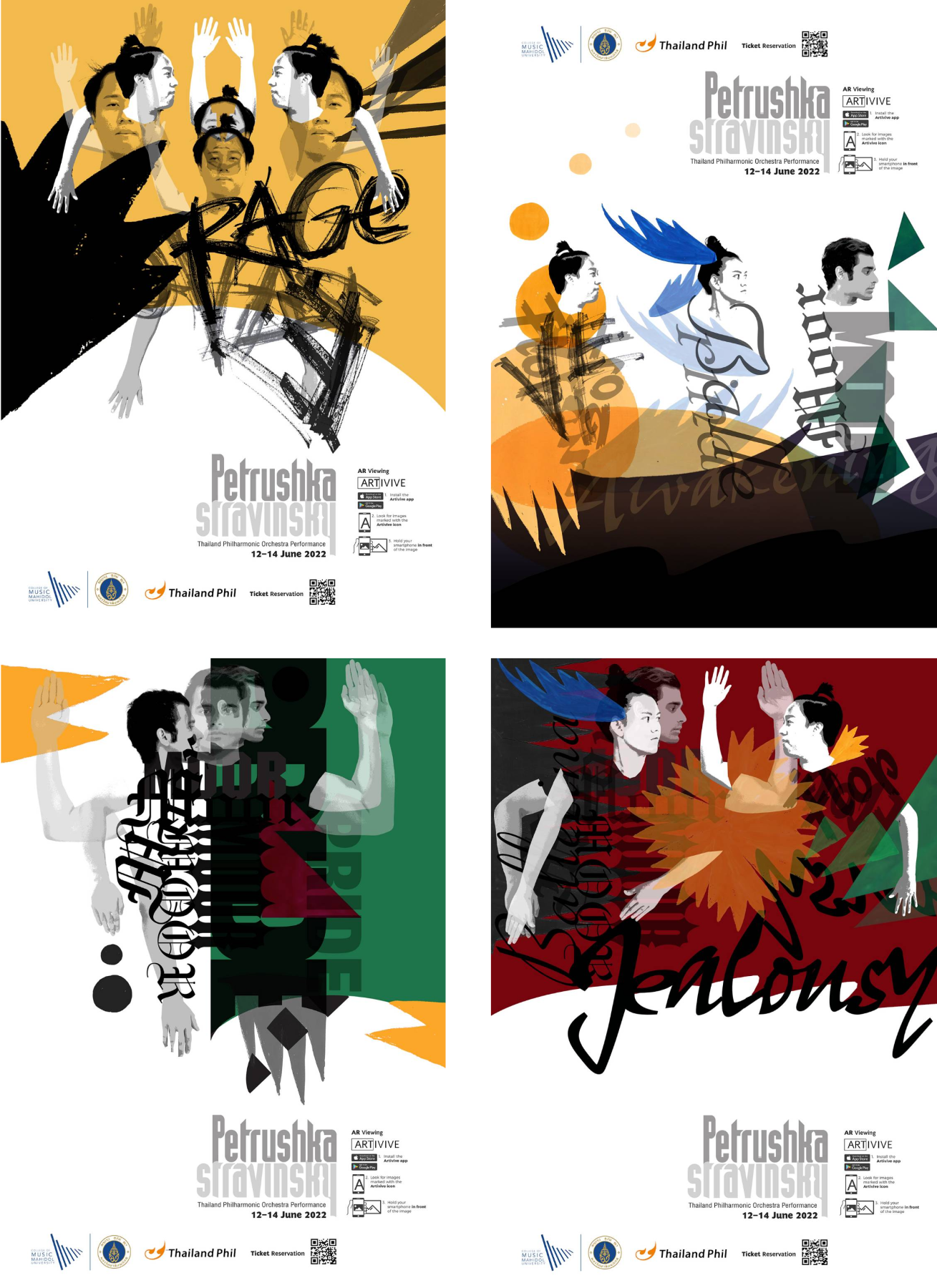
Download
